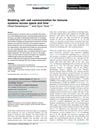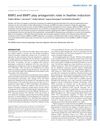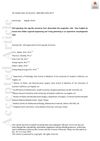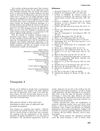natural substance from Neem tree with medicinal and pesticidal properties
supplement to help with hair texture and quality
technique to create small wounds in skin to activate collagen production and hair growth
glycoprotein that inhibits TGF-β and promotes hair growth by antagonizing activin



